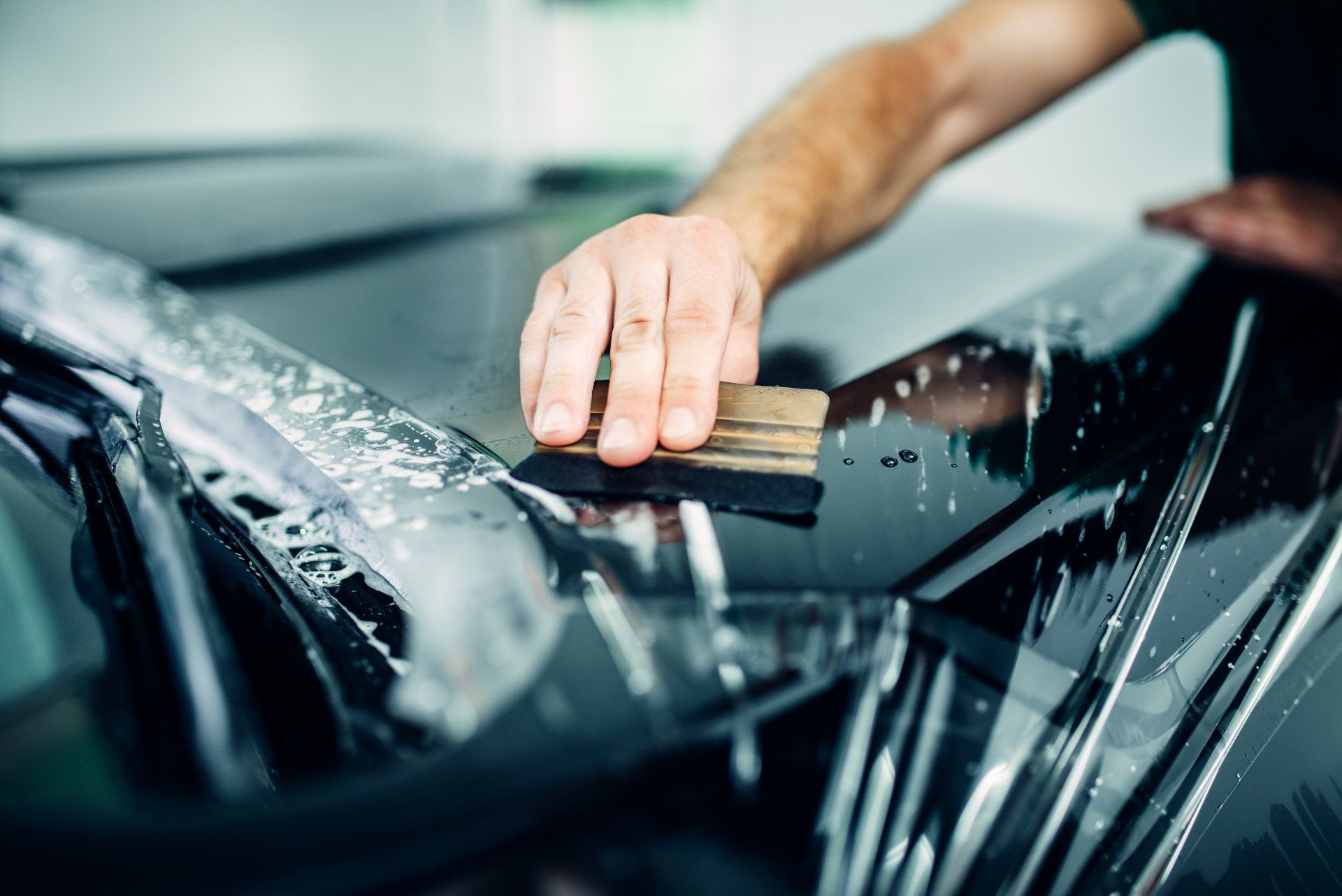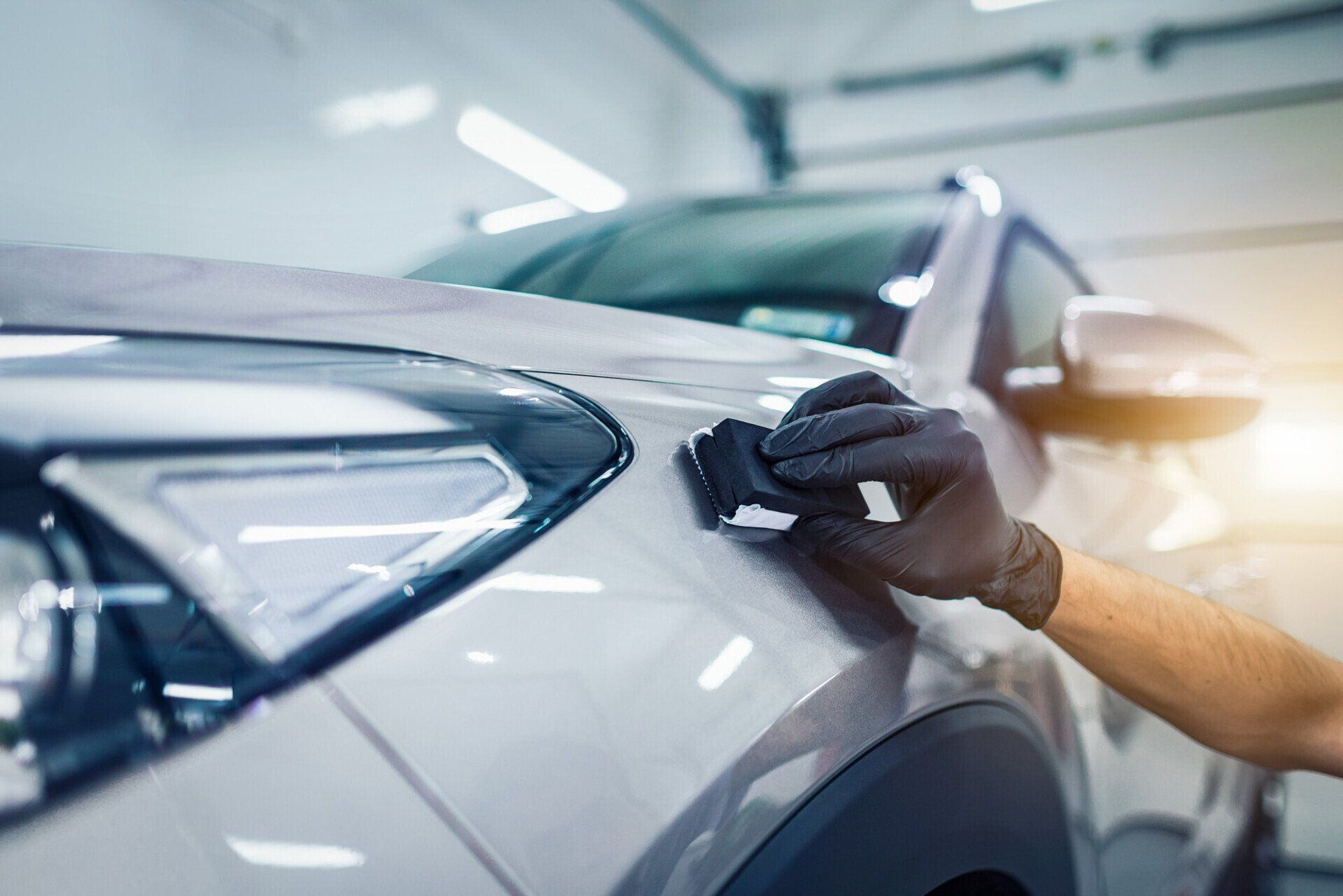Ceramic Coating: Drawbacks and Limitations
Ceramic coatings have gained immense popularity in recent years for their ability to provide exceptional protection and shine to vehicles. Among the leading products in this category, Nasiol ZR53 Nano Ceramic Coating and Nasiol NL 272 Nano Ceramic Coating have garnered significant attention. While the benefits of ceramic coatings are widely acknowledged, it’s essential to also understand their drawbacks and limitations to make an informed decision about their application.
Table of Contents
Benefits of Ceramic Coatings
Before delving into the drawbacks, let’s briefly discuss the remarkable advantages of ceramic coatings like Nasiol ZR53 and Nasiol NL 272. These coatings are engineered to offer unparalleled protection and aesthetic enhancement for vehicles. Some of the notable benefits include:
- Superior Protection: Ceramic coatings create a strong, hydrophobic barrier that repels water, dirt, and contaminants. This shields the vehicle’s surface from UV rays, oxidation, bird droppings, tree sap, and other environmental hazards.
- Enhanced Appearance: Nasiol ZR53 and Nasiol NL 272 leave vehicles with a deep, glossy finish that lasts for an extended period. This lustrous appearance elevates the vehicle’s overall look, making it a head-turner on the road.
- Ease of Maintenance: Cleaning and maintaining a ceramic-coated vehicle is significantly easier compared to traditional wax or sealant protection. The hydrophobic properties of ceramic coatings reduce the need for frequent washing, saving time and effort.
- Longevity: These coatings are known for their durability, with protection lasting for years instead of months. This long-lasting effect minimizes the need for regular reapplication.
- Chemical Resistance: Ceramic coatings provide resistance against harsh chemicals and detergents, ensuring that the vehicle’s finish remains intact.
- UV Protection: UV rays can cause paint fading and degradation. Ceramic coatings act as a shield against UV damage, preserving the vehicle’s original paint color.
While Ceramic Coatings Offer Numerous Advantages, It’s Essential To Acknowledge Their Drawbacks and Limitations:
- Application Complexity: Applying a ceramic coating correctly requires meticulous preparation and expertise. It is not a simple DIY task, and inexperienced individuals may struggle to achieve the desired results.
- Expense: High-quality ceramic coatings like Nasiol ZR53 and Nasiol NL 272 can be relatively expensive compared to traditional wax or sealant products. However, the long-term benefits often justify the initial investment.
- Surface Preparation: The success of a ceramic coating largely depends on the condition of the vehicle’s paint. Extensive paint correction may be necessary before application, which can add to the overall cost and time required.
- Time-Consuming: Applying a ceramic coating is a time-consuming process. It typically involves multiple steps, including surface cleaning, paint correction, and the application of the coating itself. Patience is key to achieving optimal results.
- Professional Application: For the best outcome, many car owners opt to have ceramic coatings applied by professionals. This additional cost should be factored in when considering the overall expense.
- Not a Miracle Solution: While ceramic coatings provide excellent protection, they are not invincible. Extreme conditions, such as rock chips or severe scratches, can still damage the vehicle’s paint despite the coating.
- Limited Self-Healing: Some ceramic coatings claim to have self-healing properties for minor swirl marks and scratches. However, these capabilities are limited and may not completely eliminate imperfections.
- Regular Maintenance Required: Although ceramic coatings reduce the need for frequent washing, they still require regular maintenance to preserve their effectiveness. Neglecting maintenance can lead to a decrease in performance over time.
- No Substitute for Proper Care: Ceramic coatings are not a substitute for proper car care practices. Regular washing, safe storage, and responsible driving are still essential for maintaining a vehicle’s appearance.
Maintenance and Future Innovations
To address the limitations of ceramic coatings, manufacturers like Nasiol and others are continuously innovating and improving their products. Some advancements in ceramic coating technology aim to reduce the complexity of application, making it more accessible to car owners who prefer to apply the coating themselves. Additionally, research and development efforts are focused on enhancing self-healing capabilities and increasing resistance to extreme conditions.

As the industry evolves, it’s possible that future iterations of ceramic coatings will become even more user-friendly, durable, and cost-effective. Car enthusiasts and professionals alike can look forward to more accessible and efficient ways to protect and enhance their vehicles.
Choosing the Right Ceramic Coating
When considering ceramic coatings like Nasiol ZR53 and Nasiol NL 272, it’s crucial to assess your individual needs and expectations. If you value long-lasting protection, enhanced appearance, and are willing to invest in professional application, these coatings can be an excellent choice. However, if you prefer a more budget-friendly option or are not ready for the commitment of ceramic coatings, traditional wax or sealant products may still provide satisfactory results.
Ultimately, the decision to use a ceramic coating should be based on your specific circumstances and priorities. Conduct thorough research, consult with professionals, and weigh the benefits against the drawbacks to determine if a ceramic coating aligns with your goals for vehicle maintenance and aesthetics.
In Conclusion
Ceramic coatings like Nasiol ZR53 and Nasiol NL 272 offer a range of remarkable benefits for vehicle owners, including superior protection, enhanced appearance, and ease of maintenance. However, they are not without their drawbacks and limitations, which include cost, application complexity, and the need for ongoing care.
To make the most informed choice, potential users should carefully consider their budget, their willingness to invest in professional application, and their commitment to proper vehicle maintenance. While ceramic coatings are a valuable addition to the world of car care, they should be viewed as part of a comprehensive approach to keeping your vehicle in top condition. As technology advances, we can anticipate further improvements in ceramic coating products, making them more accessible and effective for a broader range of car owners.

